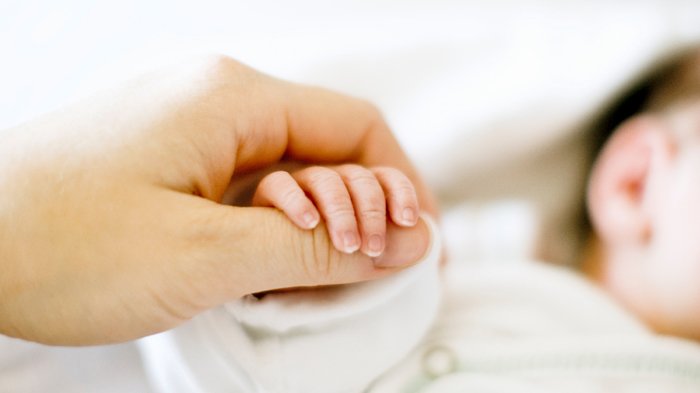
As a mother of a newborn, you have many things to worry about, including your baby’s schedules and nutrition. At the top of your priority list, though, you should be learning and practicing safe sleep habits for your baby. In many cases, a baby’s sleeping position and location can save him from the tragic Sudden Infant Death Syndrome.
According to the Centers for Disease Control and Prevention, about 3,700 US infants died in 2015 from SIDS. Of these, 24 percent died from accidental suffocation in bed. Although this number has dramatically decreased since 1990, many of these infant deaths could still have been prevented.
Baby Boxes
One company in California is trying to reduce SIDS through baby boxes. The company, Baby Box Co., is working with several states to distribute their boxes to thousands of mothers. So far, New Jersey, Ohio, and Alabama have agreed to distribute them.
Inside these baby boxes, parents will find a firm foam mattress, a bed sheet, breastfeeding supplies, diapers, wipes, and a onesie. To receive the box, parents must watch videos that educate them about safe sleep. Then, they recall what they’ve learned during a quiz.
The idea is that the baby boxes will encourage mothers to put their babies to sleep inside them. Since the sturdy cardboard provides a sleeping location free from potential hazards like bumpers and toys, Baby Box Co. hopes to further reduce SIDS cases.
Do Baby Boxes Work?
The movement in the US to use baby boxes comes with controversy. The idea is actually a centuries-old movement in Finland where 1 out of every 10 infants used to die before the first year.
In the 1930s, Finland chose to hand out baby boxes and require pregnant women to attend a prenatal visit. In this visit, doctors would educate them on safe sleep habits. Today, Finland has one of the lowest infant mortality rates in the world.
For Finland, enticing mothers with free baby boxes did the trick. Still, there have been few studies that link lowered SIDS rates directly to infants sleeping in baby boxes.
Some health professionals are questioning the safety since the boxes have gone untested. They also do not want people to use the video education to replace their education with prenatal doctors. Currently, some researchers are testing the effects of handing out baby boxes in Philadelphia and will document the results in May.
Parent Education
Whether or not the baby boxes prove to be a safer sleep spot, parents will receive more education about preventing SIDS. A 2011 poll in Finland actually showed that only 42 percent of mothers use the baby boxes as sleep spaces.
Parent education has likely lowered the risk of SIDS more than anything else. Through raised awareness, parents will understand their need for putting the baby on a firm bed. They’ll know to keep toys and pillows out of the crib and to let their babies sleep on their backs. Simply knowing proper sleep safety itself could help prevent hundreds of babies from dying each year.
What Is SIDS
Sudden Infant Death Syndrome is a case of infant death in which further investigation cannot link the death to any cause. Recently, many studies have included infant suffocation in bed into this category. Many previously mysterious SIDS cases probably happened because of improper sleep safety.
Unfortunately, SIDS continues to be the leading cause of death for infants under one year old. Babies are most at risk between two and four months.
To prevent SIDS, the American Pediatrics Association recommends several guidelines, including:
- Keep the baby in your room but not your bed.
- Offer a pacifier.
- Do not use positioners.
- Breastfeeding helps prevent SIDS.
- Keep your baby up to date on all recommended vaccines.
- Do not smoke during or after pregnancy.
Tragically, thousands of babies die from SIDS every year. Many times, these cases may have been prevented by using the above guidelines. To prevent SIDS from happening to your child, talk with your healthcare provider and get the education you need. Then, you can feel confident about your child’s safety during sleep.
